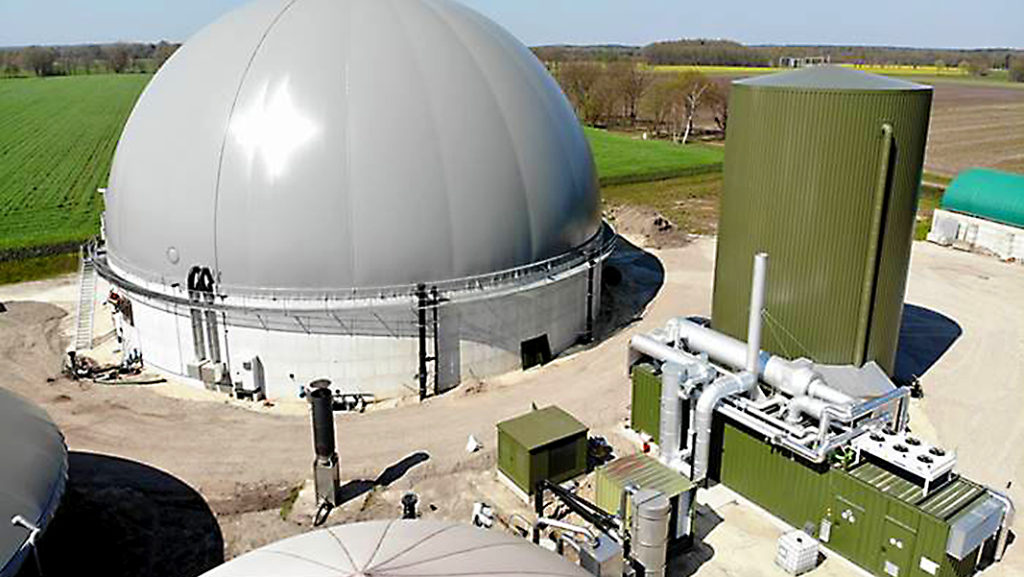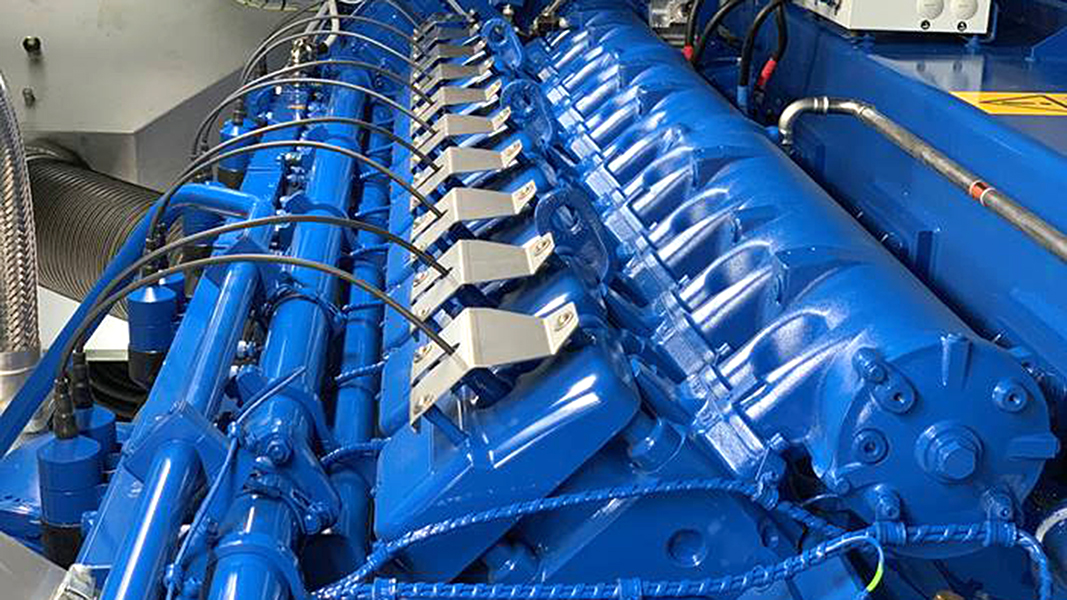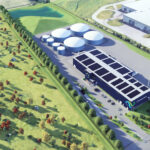Andreas Rohlfs, a farmer in Wehrbleck in Lower Saxony, Germany, has been operating a biogas plant since 2001. Based on the input materials of manure and maize, around 5.4 million kilowatt hours (kWh) of electrical energy and 4.1 million kWh of thermal energy were being produced annually. In 2019, the agricultural biogas plant was expanded into a regenerative storage power plant by installing a Flex Combined Heat and Power (CHP) system supplied by ETW Energietechnik. The Flex CHP has a biogas engine from MWM that can yield 2 megawatts (MW) of electricity and 2.3 MW of heat. ETW also installed a combined gas storage tank with 8,490 m3 and a heat storage tank with 1,000 m3. The total investment was to 1.6 million euros (~$1.83 million).
 Since its expansion into a storage power plant, Rohlfs’ AD facility produces 5.7 million kWh of electrical energy and almost 5.8 million kWh of heat annually. The electricity is fed into the grid; the waste heat is fed into a district heating network for heating private and municipal buildings and is used to dry wood chips. The plant is operated so that electricity and heat can always be fed in at the most productive time of day, earning Rohlfs an additional flexibility surcharge of 40 euros ($45.78)/kW over the next five years. The storage tanks are always optimally filled when prices are at their highest.
Since its expansion into a storage power plant, Rohlfs’ AD facility produces 5.7 million kWh of electrical energy and almost 5.8 million kWh of heat annually. The electricity is fed into the grid; the waste heat is fed into a district heating network for heating private and municipal buildings and is used to dry wood chips. The plant is operated so that electricity and heat can always be fed in at the most productive time of day, earning Rohlfs an additional flexibility surcharge of 40 euros ($45.78)/kW over the next five years. The storage tanks are always optimally filled when prices are at their highest.
The variation of the substrate quantities also contributes to the flexibility of the CHP operation, making it possible to reduce biogas production when electricity prices are low. The CHP unit can be shut down for up to two days if necessary without overloading the gas storage tank. The heat storage tank can store 40,600 kWh of thermal energy and thus supply the heating network for around 50 hours without the CHP unit having to be put into operation.
The storage power plant is powered by desulfurized biogas. The sulfur content of the biogas is conditioned down from around 5,000 parts per million (ppm) to around 2 ppm. A safety alarm with integrated stop of the gas supply to the storage protects the CHP at a sulfur content above 2 ppm. This is particularly necessary because the sulfur content can rise faster in flex operation. After the preventive shutdown, operation of the engine is maintained with the gas from the storage tank.













